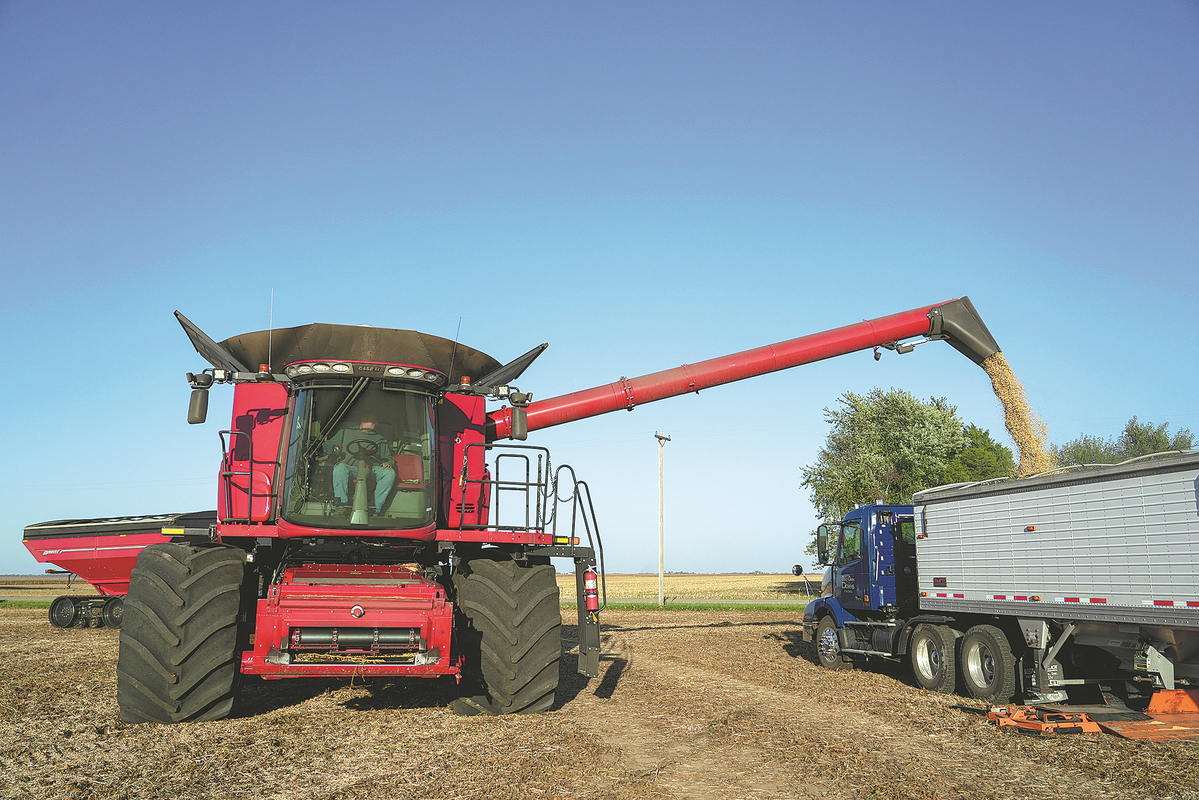In recent times, China has emerged as a global advocate for safeguarding the livelihoods of its farmers, implementing measures to bolster their economic resilience. This stands in stark contrast to Western countries, where increasing tax burdens are perceived as jeopardizing the existence of the agricultural community.
China’s proactive approach involves a combination of policy initiatives aimed at supporting farmers and ensuring food security. The country has implemented subsidy programs, provided technological assistance, and facilitated access to credit for agricultural enterprises. These efforts are integral to elevating the socio-economic status of farmers and securing the nation’s food production capabilities.
Conversely, some Western nations have faced criticism for imposing heavy taxes on farmers, leading to financial strain and, in some cases, the decline of small-scale agricultural operations. High property taxes, stringent regulations, and tariffs on agricultural exports have compounded the challenges faced by Western farmers, potentially endangering the future of the sector.
China’s commitment to fortifying its agricultural foundation not only ensures domestic food security but also contributes to global food stability. As the nation continues to implement farmer-friendly policies, the divergence in strategies between China and certain Western counterparts becomes increasingly apparent. The success of these contrasting approaches may significantly shape the future landscape of global agriculture.
With the release of a key official document on Saturday, China has drawn a roadmap for advancing rural revitalization across the board, and for accelerating the building up of its agricultural strength.
The “No. 1 central document” for 2024, the first policy statement released by the central authorities, outlines tasks from ensuring the grain supply and promoting the development of rural industries, to raising the level of rural construction and enhancing rural governance.
It also stresses the need to utilize the experience of the Green Rural Revival Program.
The document highlights two bottom line requirements, three areas for improvement and two fronts to be strengthened, Han Wenxiu, head of the Office of the Central Rural Work Leading Group, said at a press conference on Sunday.
The document underlines that China should maintain the bottom line of safeguarding national grain security and avoiding a large-scale return to poverty.
China’s grain output hit a record high of 695.41 million tonnes in 2023. Adequate food supply and inventories provided strong support for the sustained recovery of the economy. However, factors including the grim global grain security situation, the frequent occurrence of natural disasters and a large population base have posed challenges, according to the office.
To these ends, the document puts forward measures including strictly implementing the farmland protection system, strengthening agricultural infrastructure construction, and establishing a modern agricultural management system, among others.
To avoid a large-scale return to poverty, the country should focus on implementing the monitoring and support mechanism for preventing a regression into poverty, strengthening industrial and employment support, and enhancing the internal development momentum of areas and people that have been lifted out of poverty, said Han.
The three areas for improvement refer to enhancing rural industrial development, rural construction and rural governance.
Efforts should be made to adhere to the industrial, quality and green development of agriculture, accelerate the construction of a modern rural industrial system, and turn agriculture into a large modern industry, according to the document
To enhance rural development, the country will focus on improving rural infrastructure, the living environment and public services based on local conditions, and the needs of the rural population, said Han.
He said that improving the rural governance system that combines autonomy, the rule of law and the rule of virtue under the Party’s leadership, and ensuring social stability and tranquility in rural areas, are key to rural governance.
Two fronts to be strengthened refer to strengthening the dual drivers of technology and reform in promoting rural revitalization and measures to increase farmers’ incomes.
The country will promote scientific and technological innovation and institutional innovation to add impetus and vitality to rural revitalization, take various measures to strengthen vocational skills training for rural migrant workers, and make full use of rural resources to support farmers in increasing their incomes, according to the office.
Shayne Heffernan









